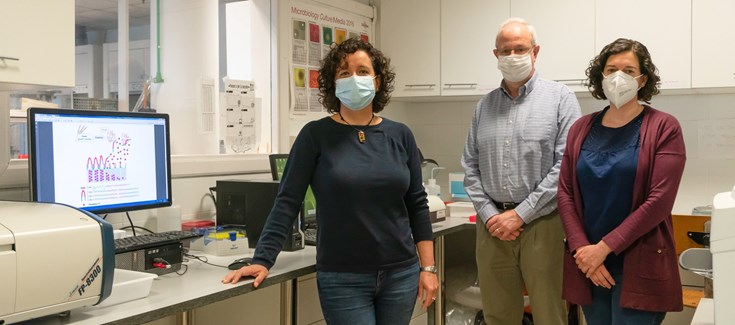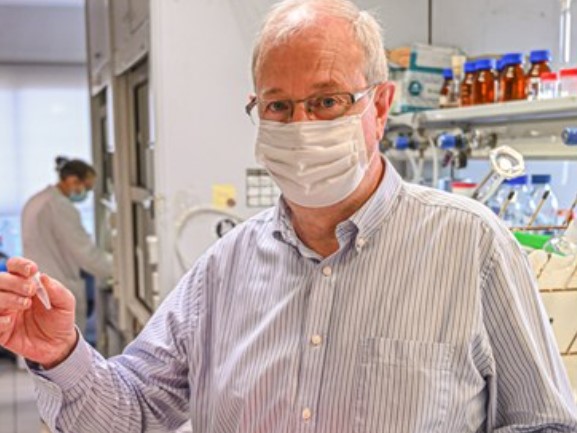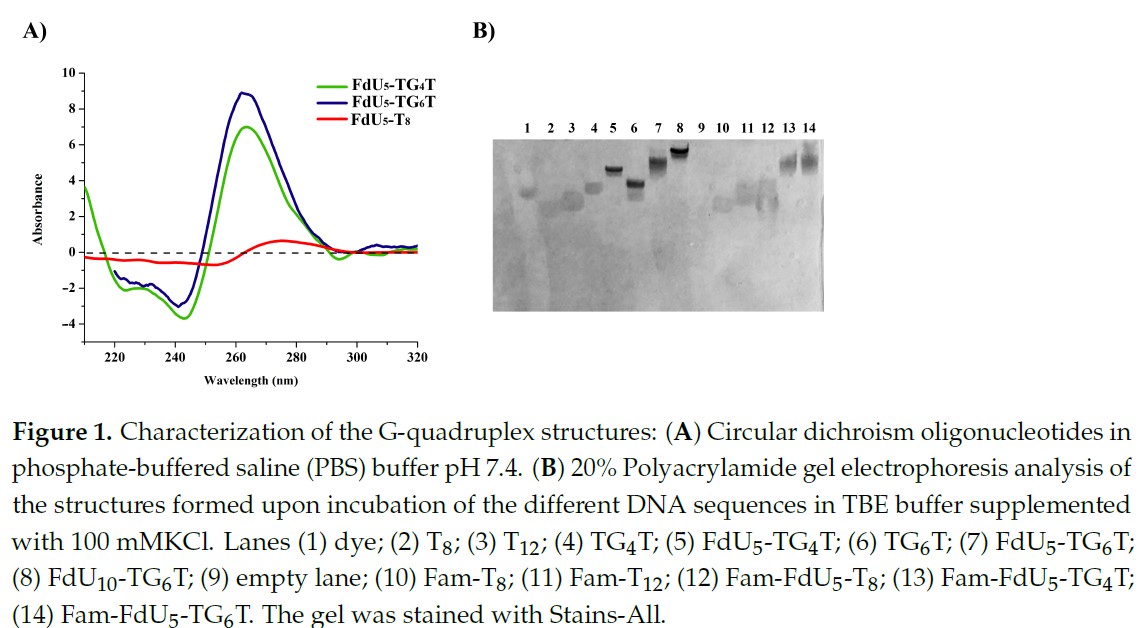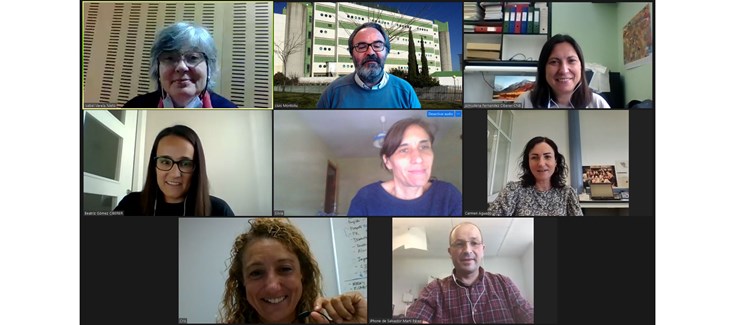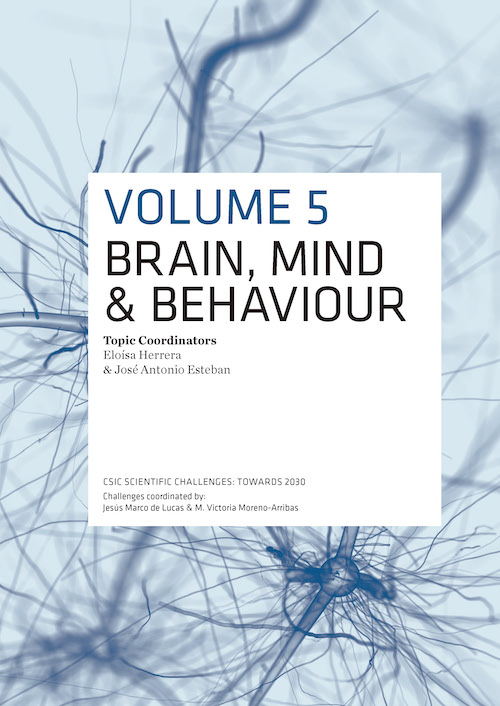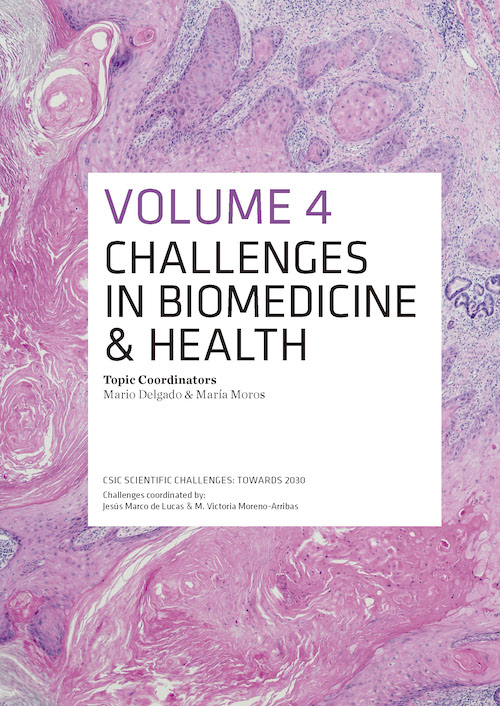New call for ICTS for the construction, development, instrumentation, equiment and improvement of ICTS capabilities
The Ministry of Science and Innovation has approved a call for ICTS for 37 million euros.
Investment lines of the ICTS associated with the construction, development, instrumentation, equipment and improvement of scientific-technical capacities of the ICTS will be financed with the 100% of the eligible cost.
This call is funded by the European Union Recovery and Resilience Mechanism.
The Singular Scientific and Technical Infrastructures (ICTS) are large, one-of-a-kind facilities, which are dedicated to cutting-edge technological research and development of the highest quality, as well as promoting the transmission, exchange and preservation of knowledge, technology transfer and innovation. They are distributed throughout the territory and included in the ICTS Map.
The aim of this call is the execution of investments included in the Strategic Plans of ICTS that have been declared of high priority by the Advisory Committee of Singular Infrastructures (CAIS) within the framework of the update of the ICTS Map 2017-2020. The total eligible cost of each application must be between 100,000 euros and 10 million euros.
In 2022 another call will be published for 37 million euros to finance actions of the new strategic plans of the ICTS 2021-2024.
The deadline for submitting applications will be from June 2 to June 22, 2021 at 2:00 p.m.










